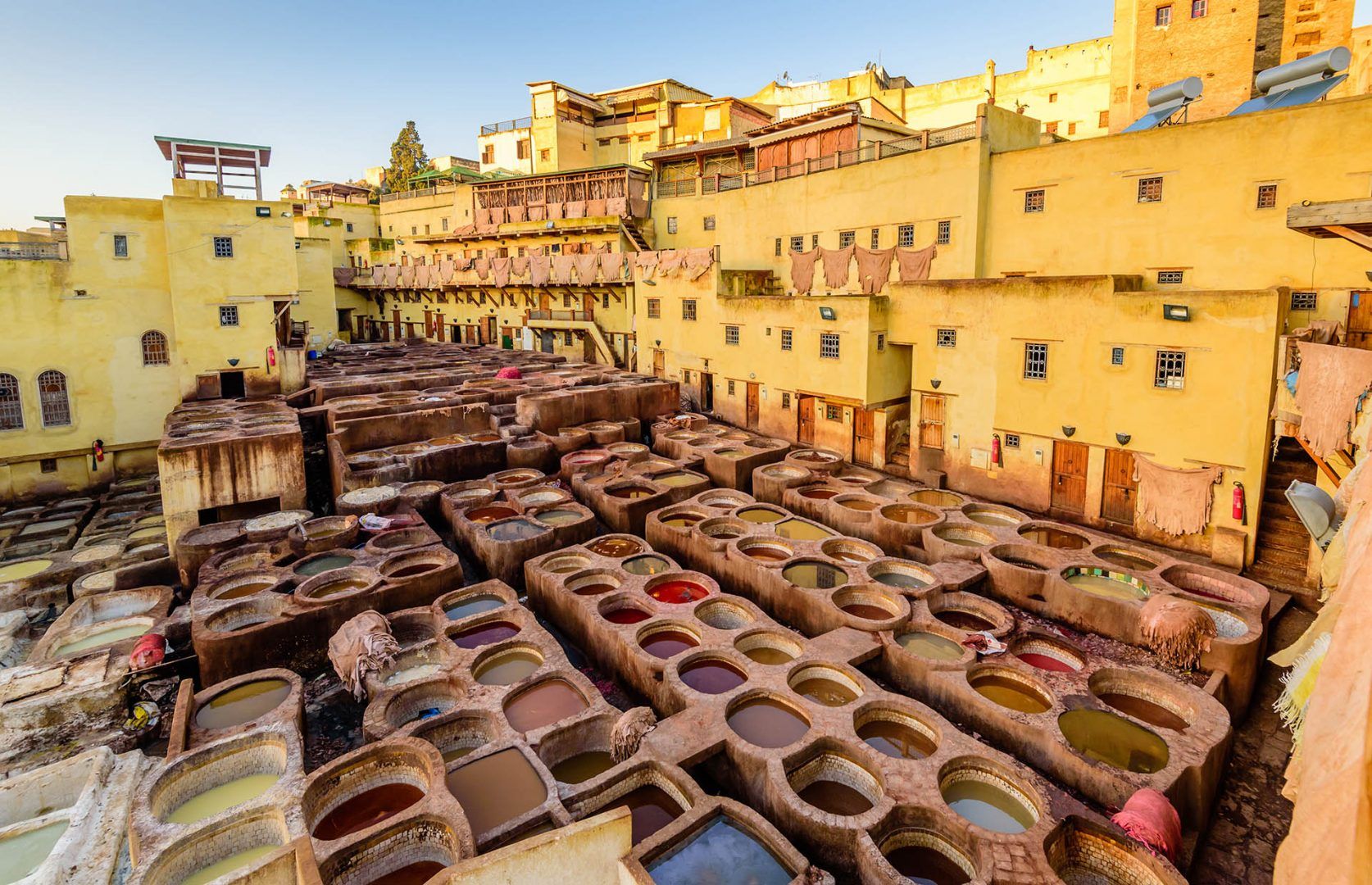Step 3: Core planning your Morocco itinerary
When to do this: 2-4 months before
Armed with your wish list, this step is about finding how one gets from one place to another and how many days you will spend in each place.
How do you get around Morocco?
Getting around Morocco is pretty straightforward, with plenty of options depending on where you're headed.
Trains are generally the most comfortable way to travel between Morocco’s larger cities, like Tangier, Casablanca, and Marrakech. First class has air conditioning and assigned seats, but second class is still comfortable and more affordable. Buses, operated by companies like CTM and Supratours, are also air-conditioned and a good choice if you’re heading to areas that trains don’t reach, like mountain towns or along the coast.
For desert trips, organized tours are usually the best bet. In the cities, taxis are everywhere—petit taxis are cheap for short trips, while grand taxis are good for getting between cities. If you're in a bigger city, apps like Careem also work, similar to Uber.
Should you hire a private driver?
Hiring a private driver is a good choice if you want more control over your schedule or if you're traveling with a group or family. It’s more expensive than public transport, but drivers are often a bit like informal guides and can give you insight into local culture, which is a nice bonus. Most hotels and travel agencies can set you up with a trusted driver, and you'll pay somewhere between $100-200 per day, which usually includes fuel and accommodation for the driver.
Desert tour considerations
Planning a desert tour in Morocco? There are a couple of things to keep in mind. First, you'll need to decide between the Erg Chebbi dunes (Merzouga) and Erg Chigaga dunes. Merzouga is easier to get to and has more services, while Chigaga is more remote. Make sure you book through reputable companies that provide safe, comfortable camps and experienced guides. It's also a good idea to check what’s included—meals, water, and activities can vary. Be prepared for temperature swings, as the desert can be scorching during the day but quite cold at night.

















